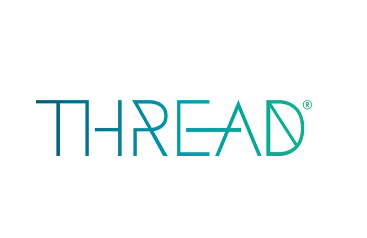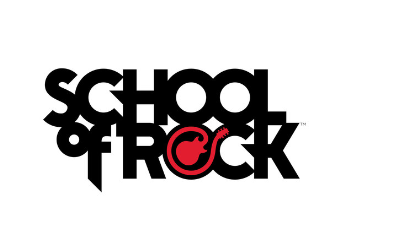goon是什么意思(goon的用法)

大家好,知识小编来为大家讲解下。goon是什么意思,goon的用法很多人还不知道,现在让我们一起来看看吧!
一、goon是什么意思
1、goon 傻瓜,雇佣暴徒
2、词源不详。可能来自古英语词gony, 傻瓜,水手用来指一种大的,笨拙的海鸟,比较dodo.暴徒义来自1839年一部漫画“Alice the Goon”,一个傻大个形象。
二、goon的用法
1、goon
2、goon: [20] The antecedents of goon are murky. It may have been inspired by goony ‘simpleton’, which is first recorded in the 1890s and which may well be the same word as the much earlier gony with the same meaning, which in turn goes right back to the 16th century and could be related to Scottish gonyel ‘fool’. An ultimate connection with the obsolete verb gane ‘yawn’ has been suggested, but all we know for certain about goon itself is that it was introduced to the English language at large in America in 1921 by Frederick Lewis Allen, writing in Harper’s Magazine.He claimed that it had been in use in his family for some years, with the meaning ‘stolid person’, but he had no suggestions to offer as to its origins. It then disappears from the record until the 1930s, when its resurrection seems to have been set in train by ‘Alice the Goon’, a slow-witted, muscular character in the comic strip ‘Thimble Theater, featuring Popeye’ by E.C. Segar, which first came out in 1933 (it is not clear whether Segar knew about the earlier, 1920s usage).Taken up enthusiastically in student slang, by the end of the decade goon was firmly established in the senses ‘fool’ and ‘thug, strong-arm man’. During World War II it was applied by Allied prisoners of war to their German guards, and it has often been suggested that that was the inspiration for the goon of The Goon Show (originally Crazy People), the popular BBC radio comedy programme of the 1950s.Its creator, Spike Milligan, denied this, and said that he got the idea from the ‘Goon’ of the Popeye cartoons. Either way, it is the show’s particular brand of comical surreality that colours today’s meaning of the word.
3、goon (n.)
4、1921, in U.S. humorist Frederick J. Allen's piece "The Goon and His Style" (Harper's Monthly Magazine, December 1921), which defines it as "a person with a heavy touch," one who lacks "a playful mind;" perhaps a made-up word, or from gony "simpleton" (1580s), which was applied by sailors to the albatross and similar big, clumsy birds. The goons were characters in the "Thimble Theater" comic strip (starring Popeye) by U.S. cartoonist E.C. Segar (1894-1938); they appeared in Segar's strips from mid-1930s and, though they reportedly gave children nightmares, enjoyed a burst of popularity when they appeared in animated cartoons in 1938. The most famous was Alice the Goon, slow-witted and muscular (but gentle-natured) character who began as the Sea Hag's assistant. Segar might have got the word directly from sailors' jargon. Later 20c. senses of the word all probably stem from this: Sense of "hired thug" is first recorded 1938 (in reference to union "beef squads" used to cow strikers in the Pacific Northwest). She also was the inspiration for British comedian Spike Milligan's "The Goon Show." Also used among American and British POWs in World War II in reference to their German guards. What are now "juvenile delinquents" were in the 1940s sometimes called goonlets.
本文到此分享完毕,希望对大家有所帮助。









